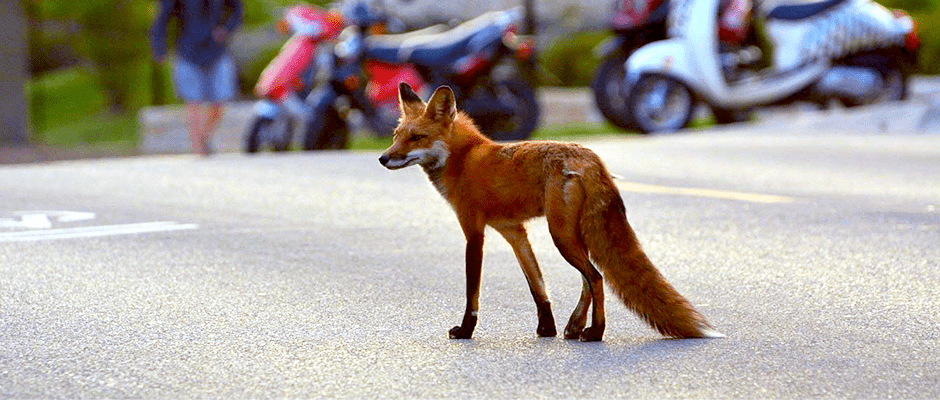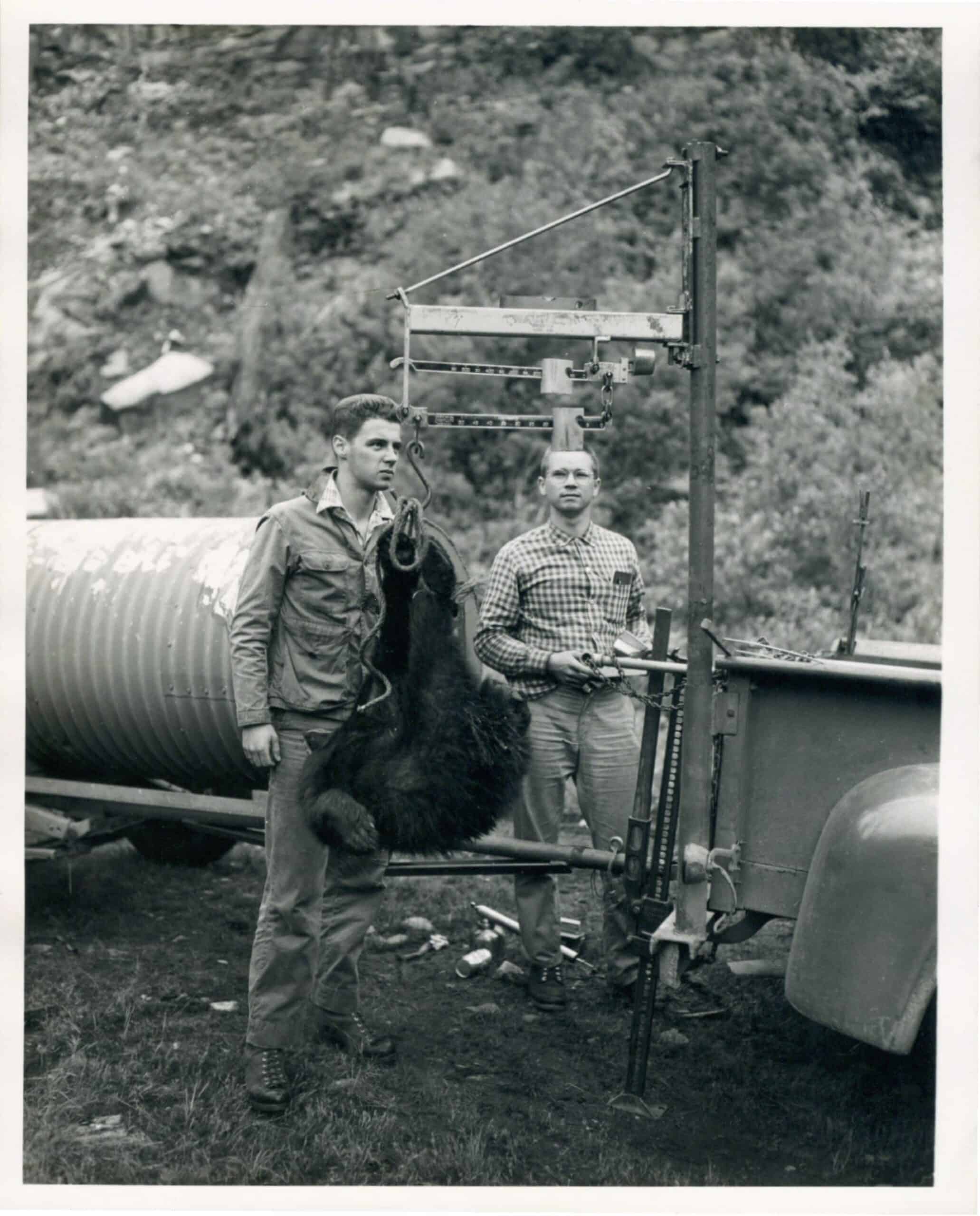Share this article
In urban landscape, coyotes and foxes coexist
In wild and rural areas, red foxes (Vulpes vulpes) tend to steer clear of coyotes (Canis latrans), which often kill foxes to reduce competition for food. But across the campus grounds, community backyards, commercial properties and urban parks of Madison, Wisconsin, researchers found these two canine species behaved like polite neighbors.
“They were a lot closer together than we thought they were going to be,” said Marcus Mueller, lead author on a paper published in PLOS ONE exploring the phenomenon. “They’re potentially able to coexist better in urban areas.”
Mueller joined the research project as a graduate student at the University of Wisconsin in Madison, where residents were reporting more encounters and attacks on pets involving coyotes and foxes. From January 2015 to December 2016, Mueller — a TWS member — and his colleagues and citizen scientists trapped, radio-collared and tracked a dozen coyotes and foxes each to locate which parts of the city the animals occupied.
“We had thought that if foxes perceived coyotes as dangerous or something they should not be able to successfully be around, they would have moved,” said Mueller, now the franchise owner and operator at Skedaddle Humane Wildlife Control in the greater Milwaukee area. “But it seems like there’s more tolerance in the system we were looking at compared to rural systems.”
A couple coyotes that they followed regularly visited a fox den to consume the foxes’ scraps, Mueller said, and — contrary to the researchers’ expectations — the fox family stayed put until the litter grew self-sufficient. In one instance, the team observed a fox and coyote placidly hunting within 20 yards of each other in the same field for more than an hour.
The biologists’ work reflected past studies that demonstrated that although urban coyotes prefer green spaces, they will enter built environments at hours when people are less active. Foxes choose grassland or developed habitat where coyotes are absent in their home range, but in Madison, they settled for any coyote-free spot. Despite this landscape partitioning, the two species still appeared to overlap more than in the wild.
These findings led Mueller and his partners to wonder how these competitor species could remain in peaceable proximity.
“If you think about how much food is in an urban area, both human-related and not — squirrels, rabbits, mice, rats — I have a suspicion that that abundance of food would allow them to live without having to compete as intensely for the same resources,” Mueller said.
Header Image: A red fox appears on a road in Madison, Wisconsin. ©UW Urban Canid Project








